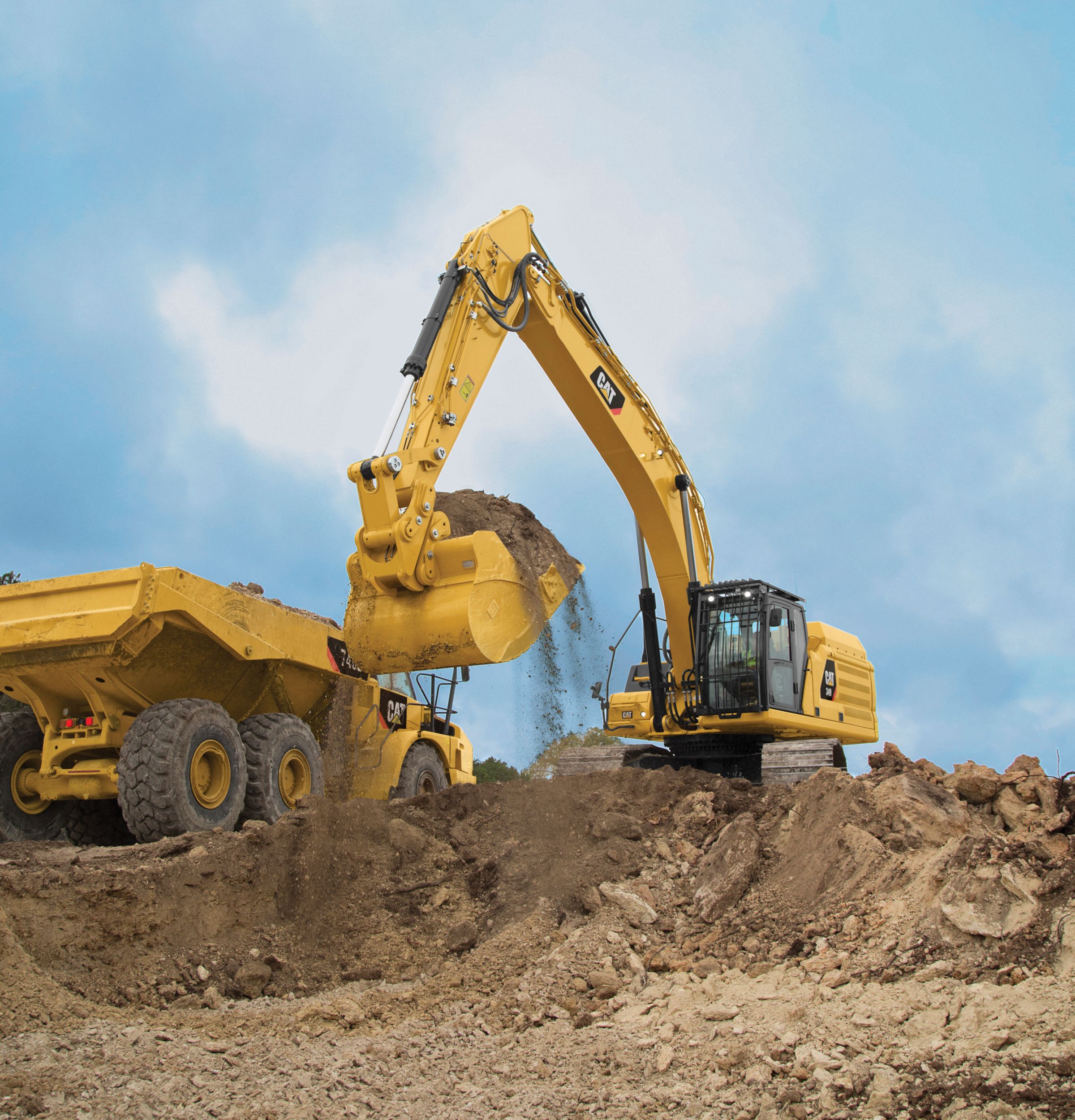Trusted Construction Equipment Rentals for Your Tasks
Trusted Construction Equipment Rentals for Your Tasks
Blog Article
Renting Out Vs. Buying Building Tools: Making the Right Option for Your Project
When getting started on a construction job, among the critical decisions that predict stakeholders and managers face is whether to get or rent out building equipment. Both alternatives have their drawbacks and advantages, making the choice an essential one in the project preparation procedure. The decision depends upon numerous aspects such as expense considerations, project period, equipment upkeep, adaptability, scalability, and risk administration. Each element plays a crucial duty in establishing the most suitable path for the project's tools demands. dozer rental. Let's check out these elements even more to recognize how they affect the decision-making process and ultimately the success of the task.
Price Factors To Consider
Renting equipment usually calls for lower preliminary settlements contrasted to buying, making it an appealing alternative for short-term jobs or service providers with budget plan constraints. In the lengthy run, constantly renting out tools can accumulate greater costs than acquiring, specifically for prolonged tasks.
On the various other hand, acquiring construction devices includes greater upfront prices but can result in lasting cost savings, especially for long-lasting jobs or regular customers. Owning equipment gives flexibility, benefit, and the capacity for resale value once the job is completed. In addition, owning tools enables customization and knowledge with details machinery, possibly boosting effectiveness and productivity on-site. Inevitably, the choice between buying and renting out construction tools pivots on the task's duration, regularity of use, budget plan factors to consider, and lasting economic goals.
Job Period

On the other hand, for lasting projects or continuous building job, getting tools might be the a lot more cost-effective option. Buying devices can bring about set you back financial savings in the long run, particularly if the equipment will certainly be frequently used. Moreover, owning devices offers a feeling of control over its accessibility and enables modification to fit specific task needs.

Equipment Upkeep
Offered the important duty job duration plays in establishing the most cost-effective technique in between buying and leasing construction equipment, the emphasis now moves in the direction of analyzing the vital element of equipment upkeep. Proper upkeep is vital for guaranteeing the optimal efficiency and long life of building equipment. Renting tools often comes with the advantage of having well-maintained machinery given by the rental that site company. This can ease the problem of maintenance jobs from the task proprietor or specialist, saving effort and time. On the various other hand, owning devices needs a positive technique to upkeep to avoid failures, guarantee safety, and expand the devices's life-span. Normal evaluations, maintenance, and timely repairs are required to maintain owned equipment in top functioning problem. Consider maintenance prices when determining between buying and renting out, as overlooking upkeep can bring about expensive repair work, downtime, and job delays. Ultimately, a well-maintained building equipment fleet, whether rented or owned, is important for the effective and reliable completion of construction tasks.
Adaptability and Scalability
In the realm of construction devices monitoring, the aspect of versatility and scalability holds substantial importance for task performance and source usage. Deciding to rent building and construction tools gives a high level of versatility as it enables for the fast change of devices kinds and amounts based on the advancing demands of a task.
In addition, scalability, another essential factor, is naturally connected to flexibility. Leasing building tools uses the advantage of easily scaling procedures up or down as job demands vary. Specialists can promptly include or trade equipment to match the project's changing demands without the restrictions of owning assets that might end up being underutilized or out-of-date. This capacity to range resources successfully can result in price financial savings and boosted project timelines, making leasing a positive alternative for jobs needing adaptability and receptive source allotment.
Danger Administration
Effective risk administration in building equipment operations is critical to making certain task success and mitigating prospective economic losses. Building projects inherently entail numerous risks, such as tools breakdowns, accidents, and project delays, which can significantly impact the project timeline and spending plan. By very carefully thinking about the risks connected with owning or leasing building and construction devices, job managers can make educated choices to minimize these potential threats.
Leasing building equipment can supply a level of risk reduction by moving the obligation of upkeep and fixings to the rental firm. This can reduce the moved here financial burden on the project owner in case of unexpected devices failings (dozer rental). In addition, renting gives the flexibility to gain access to customized devices for particular task phases, reducing the threat of owning underutilized equipment
On the various other hand, owning building equipment provides a feeling of control over its use and upkeep. Nonetheless, this likewise indicates bearing the full responsibility for repair services, maintenance expenses, and devaluation, increasing the financial risks related to equipment ownership. Mindful risk evaluation and consideration of factors such as task period, equipment usage, and upkeep needs are crucial in establishing one dig this of the most appropriate option for effective risk monitoring in building and construction projects.
Final Thought
To conclude, when choosing between renting and getting construction devices, it is essential to take into consideration cost, project duration, tools maintenance, danger, flexibility, and scalability monitoring. Each aspect plays a critical duty in determining the most suitable option for the project handy. By thoroughly examining these facets, job managers can make an informed choice that lines up with their budget plan, timeline, and general task objectives.

Report this page